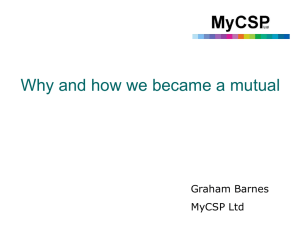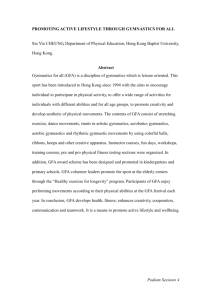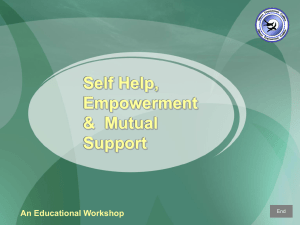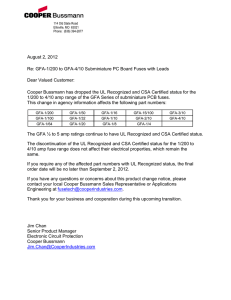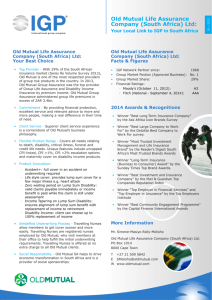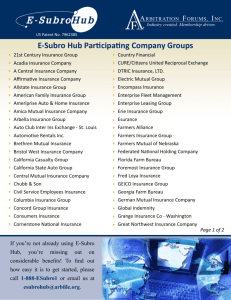Partnership lifecycle
advertisement
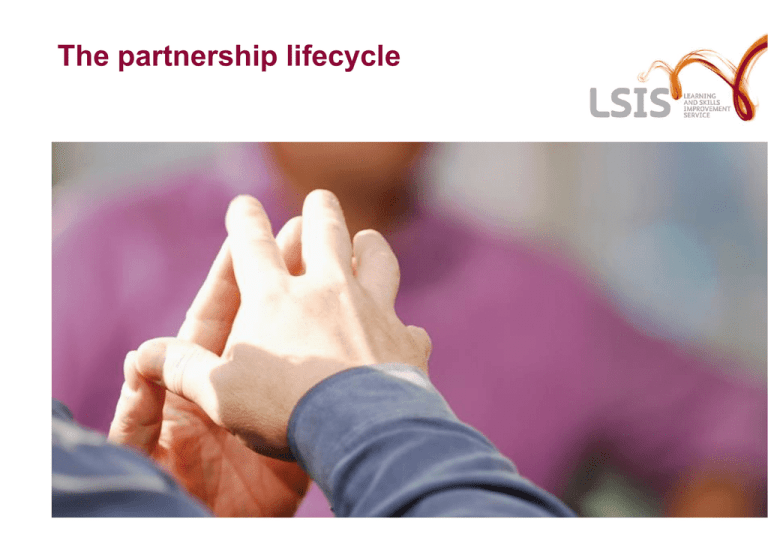
The partnership lifecycle The Partnership Life Cycle FLYING FORMING FUNCTIONING FALLING FRUSTRATION FAIL Adapted from "Five Vital Lessons: Successful Partnership with Business" (authors: Educe Ltd and GFA Consulting). The Partnership Life Cycle If your partnership is….. Forming Frustration Functioning Flying Failing Characteristics include… Possible actions Exploring what's needed and what's possible Sharing common cause, arising from shared interests, opportunities or threats Early enthusiasm Nature of commitments hazy Create opportunities for people to get to know each other Meet on neutral ground Encourage focus on common vision Appeal to "mutual enlightenment self-interest" Focus on benefits to individuals and address costs and potential risks Start exploring parameters of possible partnership agreement Hidden agendas Individuals questioning the purpose of the partnership and reasons for being there Doubting each other Competing for credit and control Bit of "a fog" Revisit common ground & allow time to redefine issues, purposes etc. Plan a few quick wins Create the climate for open expression and constructive disagreement Clarify and re-emphasise benefits to individual partners Promote mutual appreciation of what each other can contribute Don't get caught up in blaming any particular party - fix the problem not the blame Feeling renewed vision & focus Established clear roles and responsibilities Progress through joint project teams Feeling accountability to each other for actions Partners talking in terms of "we" not "you" Start implementing partnership agreement Agree clear objectives, milestones, responsibilities, success measures Establish ground rules & principles for collaboration Develop common methods & quality standards Encourage joint learning through training & review activities Achievement of partnership goals Partners altering what they do & how they do it to achieve partnership objectives Partnership priorities central to partners' activities Shared leadership Trust and mutual respect Keep working at communications Anticipate future challenges & build capacity to respond Ensure all the partners are getting the benefits they expect Celebrate success Reflect on whether the partnership still serves its purpose Recurrent tensions Disengagement Lack of commitment Breakdown or frittering away of relationships Revisit stage 1 Adapted from "Five Vital Lessons: Successful Partnership with Business" (authors: Educe Ltd and GFA Consulting). Thank you
